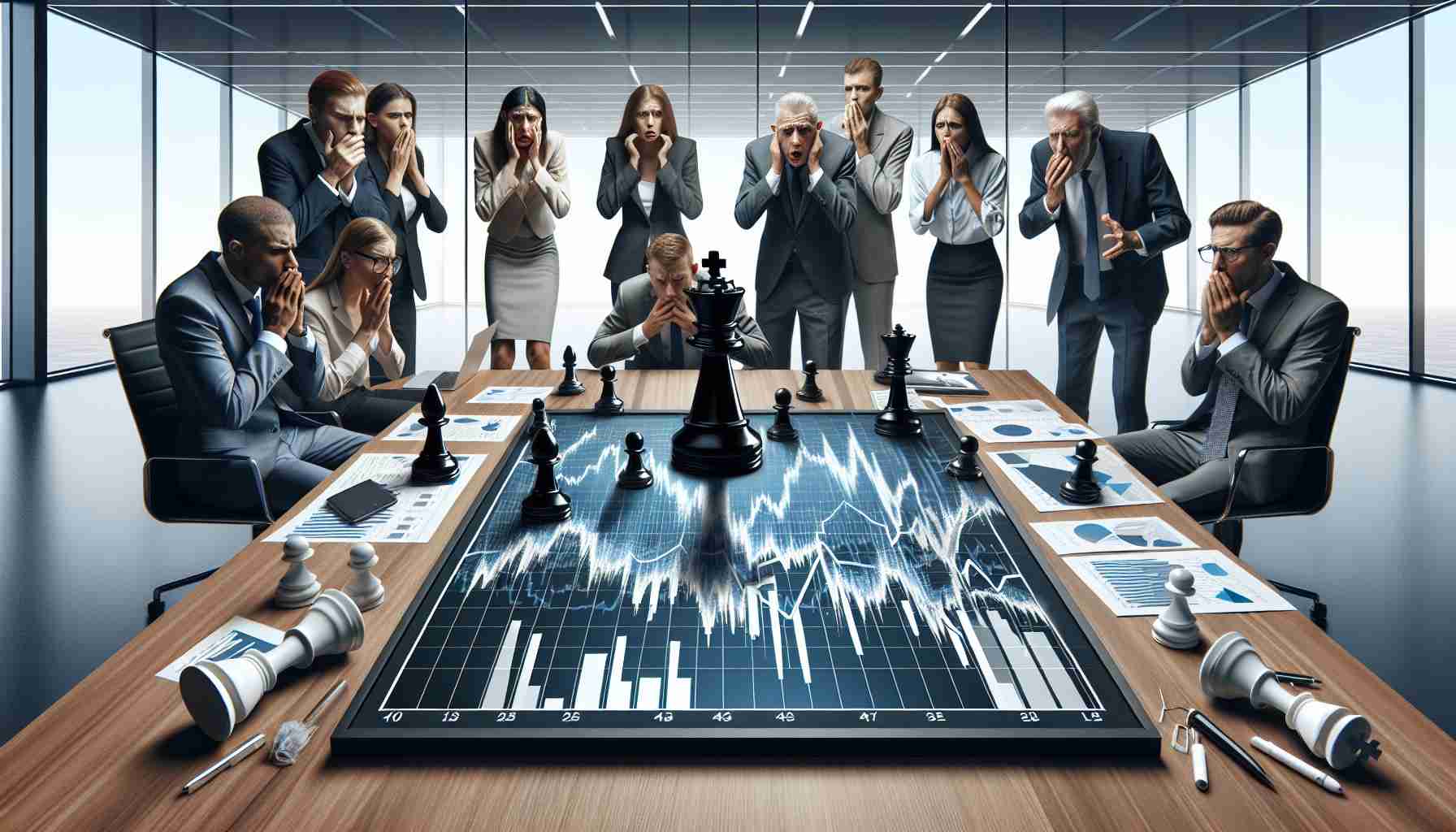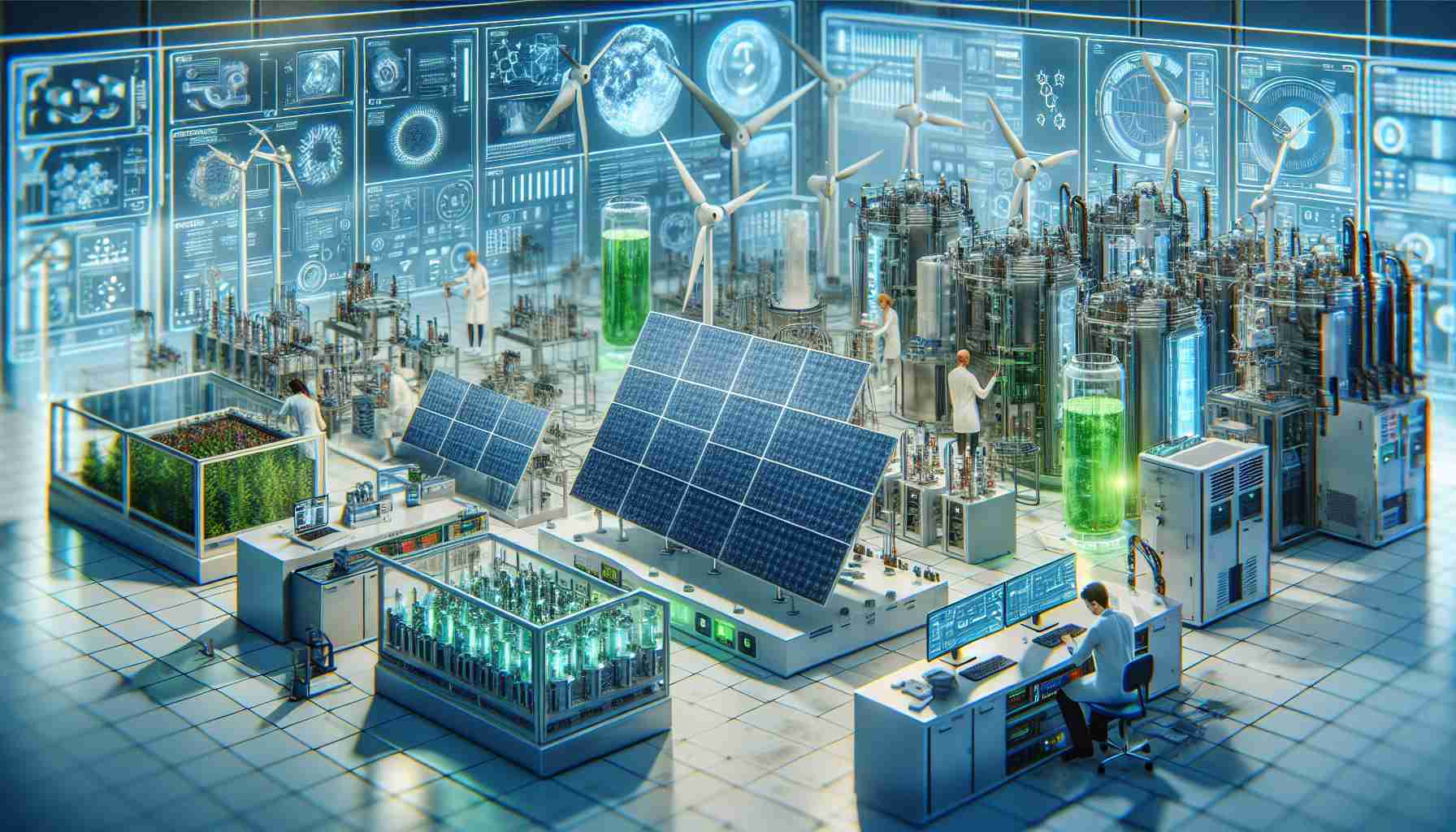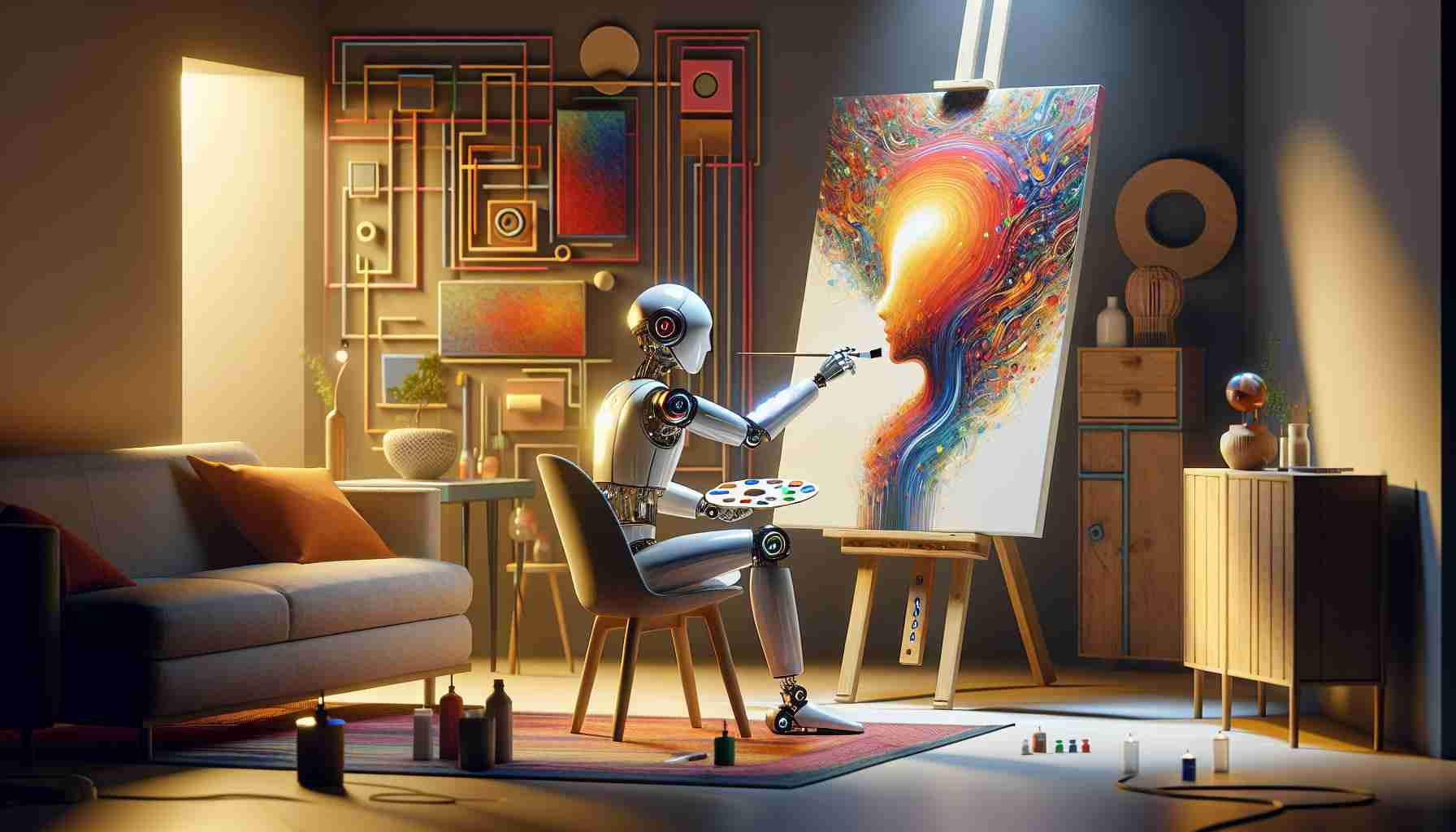Artistic Freedom vs. Legal Protection
The realm of AI-generated tools like ChatGPT or Midjourney has witnessed a surge in popularity, aiding professionals in marketing and IT industries. User investment in crafting suitable prompts for gen AI tools drives the desired content output.
Challenges in Legal Recognition
The absence of specific guidelines poses uncertainties regarding legal protection for gen AI outputs, such as copyright consideration. Evaluating human creative input in AI-generated content is crucial in determining legal safeguards.
The Controversial Case
A contentious U.S. legal case regarding an AI-created artwork questioned the essence of human creativity in AI-generated outputs, ultimately denying copyright protection due to the lack of substantial human influence.
The Human Touch in AI Artistry
Distinguishing between mere AI-driven outputs and human-infused creations remains a pressing concern. The level of human creative contribution in AI-generated works determines the eligibility for copyright claims.
Redefining Authorship in AI Works
Examining cases like “Théâtre D’opéra Spatial” signifies the complexity of assessing human agency in AI-generated art, emphasizing the need for in-depth analysis to identify true authorship.
Setting the Precedent
Contemplating instances like “SURYAST” delves into the nuances of human involvement and control over AI-generated pieces, hinting at the blurred boundaries between human-authored and AI-generated artworks.
Conclusion
Each gen AI creation warrants individual scrutiny, distinguishing between human-driven and autonomously generated outputs. While simplistic AI prompts lack copyright protection, professional use cases highlight the evolving landscape of authorship in the AI era.
Expanding the Horizon of AI-Generated Creations
As the integration of AI technologies in creative processes continues to evolve, novel dimensions of exploration emerge, shedding light on uncharted territories in the realm of artistic expression. While the previous discourse touched upon crucial aspects surrounding legal protections and human creativity in AI-generated works, there are additional facets that warrant attention to comprehend the intricate interplay between artificial intelligence and human ingenuity.
Unveiling Ethical Quandaries
One of the paramount questions that arise pertains to the ethical considerations surrounding AI-generated creations. How do we address ethical dilemmas related to the utilization of AI in art production? Is there a need for ethical frameworks to govern the development and dissemination of AI-generated content to uphold moral standards and societal values?
Innovative Applications and Impact
Beyond the domain of legal implications, exploring the transformative potential of AI-generated creations across diverse industries unveils a spectrum of opportunities and challenges. How can AI-powered tools revolutionize traditional art forms and catalyze creative innovation? What impact does the proliferation of AI-generated content have on the art market, intellectual property rights, and audience perceptions?
Fostering Collaborative Creation
Amidst discussions on authorship and ownership, the concept of collaborative creation between humans and AI algorithms emerges as a pivotal theme for exploration. How can collaborative platforms that facilitate synergistic interactions between artists and AI systems redefine traditional notions of authorship and attribution in the digital age?
Advantages and Disadvantages
The advantages of AI-generated creations lie in their ability to streamline workflows, enhance productivity, and unleash novel forms of artistic expression. AI tools can inspire creativity, automate repetitive tasks, and unlock new avenues for experimentation. However, challenges such as algorithmic bias, data privacy concerns, and potential job displacement underscore the complex landscape of AI integration in the creative domain.
Key Links:
– Electronic Frontier Foundation
– World Intellectual Property Organization
– Artificial Intelligence Organization
Conclusion
Navigating the frontiers of AI-generated creations necessitates a multi-faceted inquiry that encompasses legal, ethical, and collaborative dimensions. By addressing pertinent questions, grappling with challenges, and embracing the transformative potential of AI technologies, individuals and industries can harness the power of AI to redefine creativity, authorship, and artistic innovation in the digital age.





















